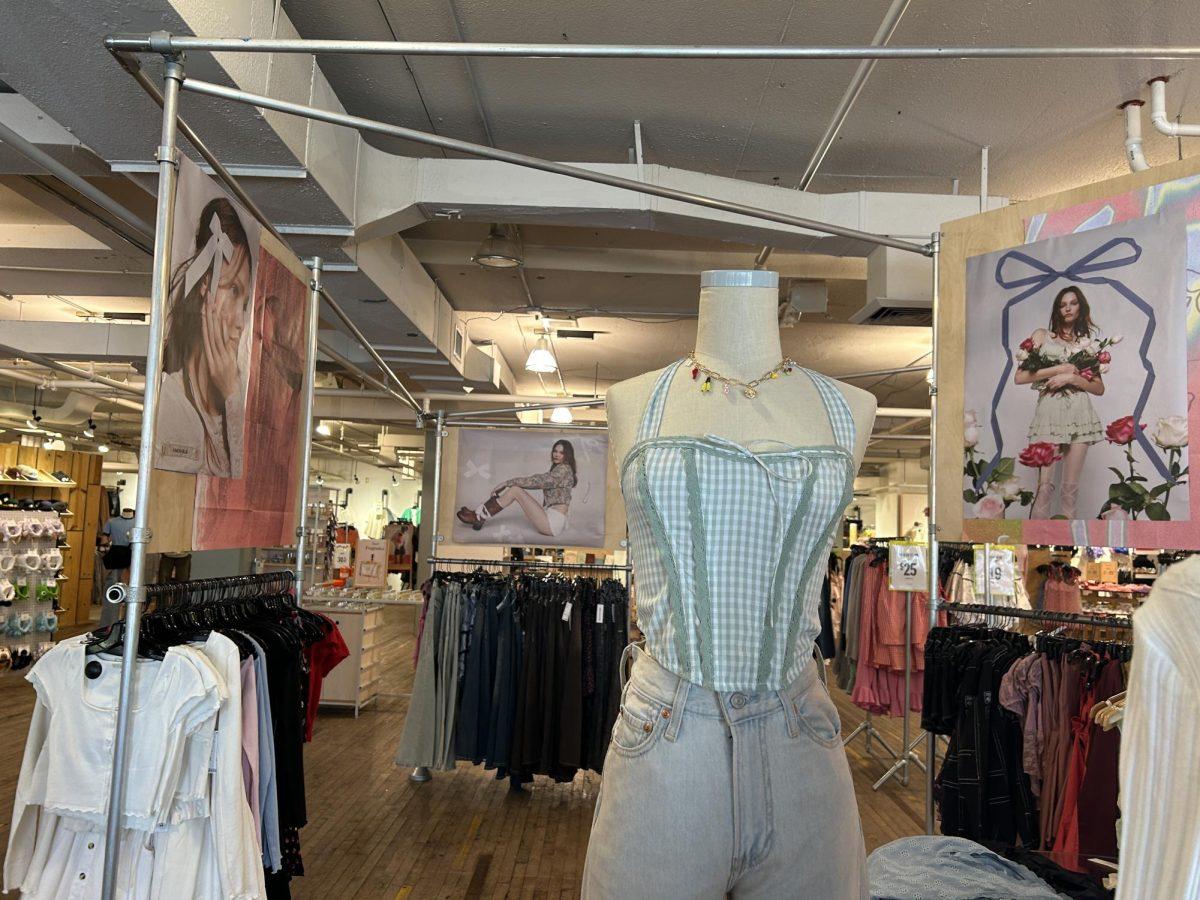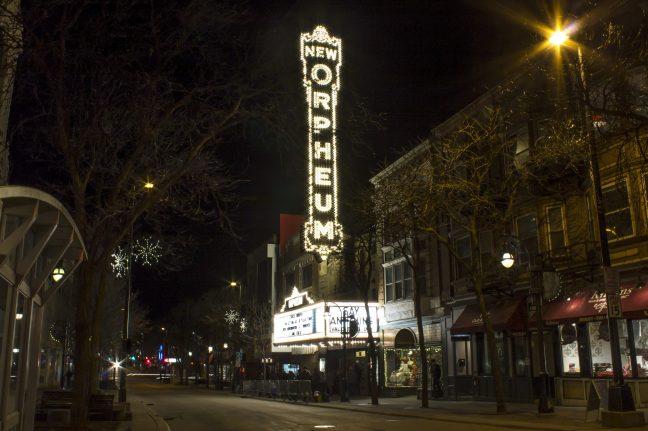If you are interested enough in fashion to read this article, chances are you have checked out a street style blog or flipped through pages of fashionable pedestrians in magazines like Elle. Street style has been around as long as fashion itself, and can be reflected in the “wild” fashions of subcultural groups found in bars and on sidewalks instead of couture shows and the glossy pages of magazines.
The jazz-loving zoot suiters followed by the literary beatniks, David Bowie fans dressed in glam rock and glitter and the punks who turned fashion inside out are all examples of subcultures that rocked the fashion world from the street up.
Like all assets of both fashion and culture, street style is constantly evolving.
Traditionally associated with quirky individuals who slip under the radar of the mainstream fashion world, street style and the individuals who represent it have begun taking center stage, becoming more influential than many designers themselves. Bloggers such as Susie Lau, creator of Style Bubble and websites such as Lookbook.nu and Streetpeeper have gained wild popularity because they represent a more individualized approach to fashion.
Take the pre-Internet world of the 1980s and ’90s, when magazines, super models and designer logos reigned king. Back in the day, nothing could be considered more chic than head-to-toe designer outfits. Copying a look piece for piece meant there was no room for mistakes, and articles labeled “get the look” told readers exactly what to wear in order to copy their favorite fashionistas.
Perhaps I’m making some assumptions, but if a girl walked into your Monday morning lecture in a full Chanel get-up, the heads she would turn would be looking at her in confusion more than anything else.
Thanks to blogs upon blogs, fashionistas no longer have to follow the orthodox fashion presented by the world of haute couture. Street style blogs show how individuals combine mass marketed fashion trends with their own individual styles.
These blogs show an appreciation for the creativity involved in the outfits of the fashionable and chic, the ways in which purchasing pieces and putting together an outfit calls for subtle innovation. Being “one of a kind” is highly valued, both in the overall composition of the look and in individual pieces. Although internationally successful stores such as Zara and American Apparel are often favorites among bloggers, there is an emphasis on alternative markets such as thrift stores, vintage shops and flea markets, where fashionistas brag of finding pieces that no one else will have.
“DIY” or do-it-yourself is also another favorite among street style bloggers who either create or adjust clothes that are both on trend and unique.
For the average girl, street style blogs seem significantly more realistic than the extreme fashions on the runway. While designers create a new “look” every season, it is rare to find people who completely adopt this look in every aspect of their outfit. Instead, the looks that are represented in severe versions on the runways and in editorials are represented subtly in street style, through specific details, colors or fit.
In the real world, nobody buys a new wardrobe each season. Even the most fashion-forward people buy a couple of new pieces every season and incorporate them into the clothes they already own. Therefore, while editorials may claim there is a fashion revolution every other month, in the real world, as reflected in the world of street style, changes happen more gradually as we integrate new pieces into those that we already own. It seems no surprise street style blogs have become such a huge source of fashion inspiration; they are more relatable than the world of high fashion.
As a result of the growing popularity of blogs, subcultures have become more sharply defined and simultaneously more blended. Many fashionistas pick and choose aspects of different subcultures that fit their individual style to create an overall “alternative” look that cite subcultures ranging from goth to grunge to boho.
It has been suggested this “alternative” look may become so popular it will lose the aspects of its individuality and become mainstream itself. I believe, though, that this is simply the natural trajectory of fashion, and essentially what keeps fashion evolving. Once an innovative proponent of street style notices their look is becoming mainstream, they will adjust it so as to fit their evolving individuality and to differentiate.
Even those who appear to look mainstream can fight for their individuality in the subtle ways in which the construction of an outfit reflects their own personal background.
So what does this all mean? Street style is taking over the world of haute couture, yet haute couture could care less.
Street style gives individual fashionistas closer access to the world of fashion. Fashion is no longer being communicated to us through advertisements of what we are supposed to be like. Instead, we can watch girls and guys who we can relate to asserting their individuality over mass marketing trends. We are encouraged to use these people as inspiration, not as models to mindlessly copy, and we learn that even though we don’t have last names like Lagerfield, we can still be influential in our own world of fashion.
















